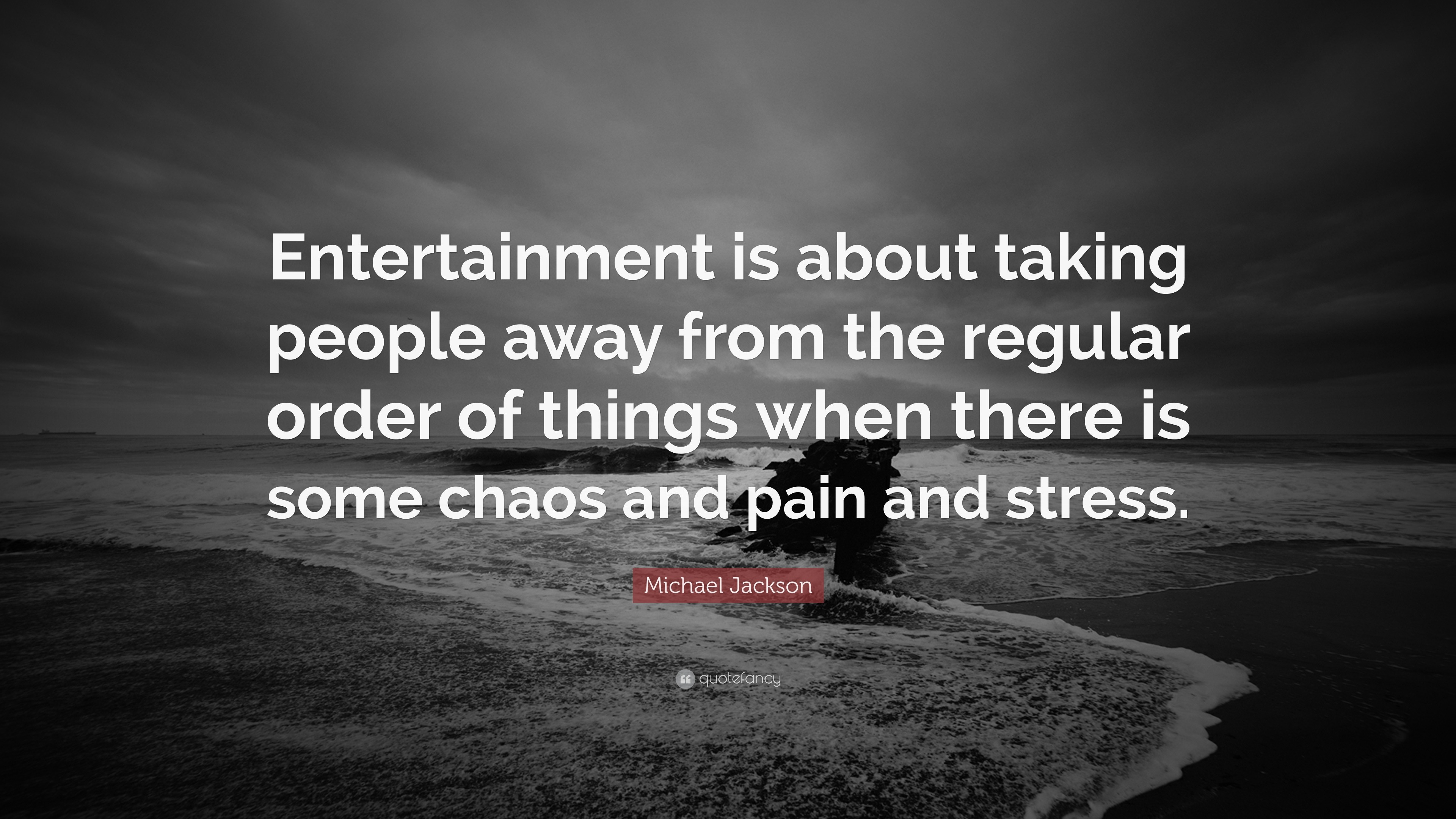Alright, let's talk about this hdtoray thing I’ve been tinkering with. It’s not some magic button, if that's what you're thinking. It’s more of a, well, a journey, a process I had to figure out piece by piece.
Why even bother with hdtoray?
It all started a while back. I had this pile of old hard drives. You know the kind – IDE connectors, noisy, probably holding on by a thread. They were packed with old photos, some ancient project files, stuff I really didn't want to lose. But just letting them sit there felt like playing Russian roulette with my data.
I remember one particular scare. My main machine at the time, it just died. Black screen, no warning. My heart sank because I hadn't backed up that one crucial folder for weeks. After a lot of sweating and some careful work with a Linux live CD, I got the data off. But that feeling, man, that sheer panic, I didn't want to go through that again. That's what really pushed me to get serious about a proper archiving system, which I eventually started calling my "hdtoray" method – basically, getting stuff from old HDs to a more reliable, long-term setup, a ray of hope for my data, you could say.

My hdtoray process, step-by-step
So, what does my hdtoray actually involve? It’s not super high-tech, more about patience and being methodical.
- The Connection Ordeal: First, I had to get these old drives connected. This often meant digging out ancient IDE-to-USB adapters. Sometimes the drives wouldn't even spin up right away. A bit of gentle persuasion, checking connections, you know the drill.
- The Extraction: Once a drive was recognized, I'd use some fairly basic imaging software. Nothing fancy, just something to get a bit-for-bit copy if possible. If the drive was really dodgy, I’d try to grab the most important folders first. This part can take ages, especially with larger, slower drives. Lots of coffee involved.
- Sifting and Sorting: After getting the raw data off, the real "fun" began. Going through terabytes of unsorted files is a nightmare. I had to create a folder structure that made sense, get rid of duplicates, and actually look at what I was saving. This is where I probably spent the most time. You find some real gems, and also a lot of junk.
- The "Ray" Part - Secure Storage: Finally, the organized data gets moved to its new home. For me, this means a couple of things: a primary NAS (Network Attached Storage) setup with redundancy, and then an offline backup on a set of external drives that I keep stored safely. I also started using some cloud storage for the absolute must-keep photos and documents, just as an extra layer.
Was it worth it?
Absolutely. It was a slog at times, no doubt. There were moments I wanted to just toss the old drives and forget about it. But now, knowing all those memories and important files are safe and accessible, it’s a huge weight off my mind. This hdtoray process, my personal little system, it’s not perfect, but it works for me. It's a reminder that sometimes the best solutions are the ones you build yourself, through a bit of trial, error, and a healthy dose of determination.
It’s not just about the files, you know. It’s about preserving bits of your own history. And if you’ve got old data lurking around, maybe it’s time you thought about your own "hdtoray" adventure.










